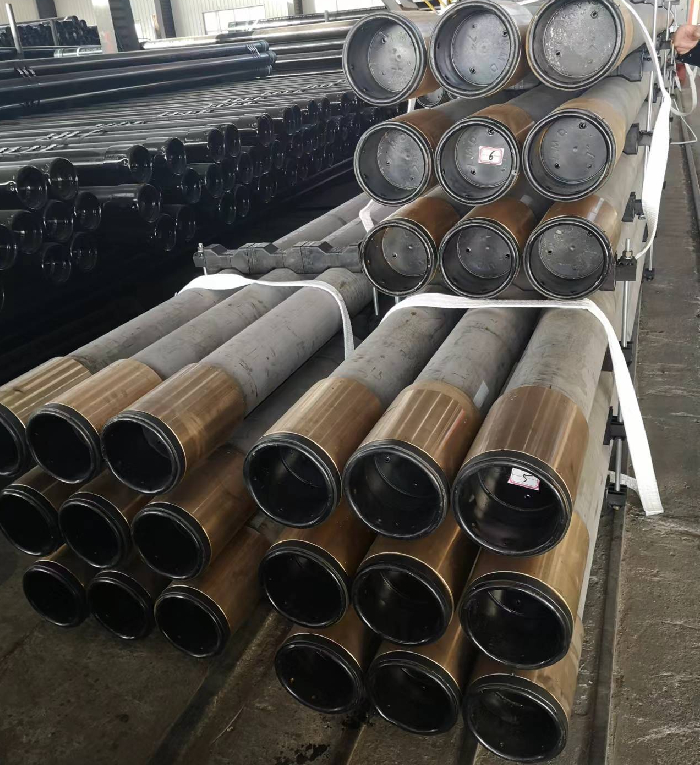- Afrikaans
- Albanian
- Amharic
- Arabic
- Armenian
- Azerbaijani
- Basque
- Belarusian
- Bengali
- Bosnian
- Bulgarian
- Catalan
- Cebuano
- Corsican
- Croatian
- Czech
- Danish
- Dutch
- English
- Esperanto
- Estonian
- Finnish
- French
- Frisian
- Galician
- Georgian
- German
- Greek
- Gujarati
- Haitian Creole
- hausa
- hawaiian
- Hebrew
- Hindi
- Miao
- Hungarian
- Icelandic
- igbo
- Indonesian
- irish
- Italian
- Japanese
- Javanese
- Kannada
- kazakh
- Khmer
- Rwandese
- Korean
- Kurdish
- Kyrgyz
- Lao
- Latin
- Latvian
- Lithuanian
- Luxembourgish
- Macedonian
- Malgashi
- Malay
- Malayalam
- Maltese
- Maori
- Marathi
- Mongolian
- Myanmar
- Nepali
- Norwegian
- Norwegian
- Occitan
- Pashto
- Persian
- Polish
- Portuguese
- Punjabi
- Romanian
- Russian
- Samoan
- Scottish Gaelic
- Serbian
- Sesotho
- Shona
- Sindhi
- Sinhala
- Slovak
- Slovenian
- Somali
- Spanish
- Sundanese
- Swahili
- Swedish
- Tagalog
- Tajik
- Tamil
- Tatar
- Telugu
- Thai
- Turkish
- Turkmen
- Ukrainian
- Urdu
- Uighur
- Uzbek
- Vietnamese
- Welsh
- Bantu
- Yiddish
- Yoruba
- Zulu
pup joint specifications
Understanding Pup Joint Specifications An Essential Element for Oil and Gas Operations
In the oil and gas industry, the efficiency and safety of drilling operations heavily depend on various tools and components, among which pup joints play a crucial role. Pup joints are short sections of pipe used to connect other pieces of piping or drilling equipment. They are designed to accommodate specific lengths and provide flexibility in the assembly of drilling strings or production tubing. The specifications for pup joints are essential for ensuring they meet the required operational standards and can withstand the harsh conditions typically present in oil and gas environments.
What Are Pup Joints?
Pup joints are typically made from steel and can vary in length, diameter, and wall thickness depending on the specific application. The standard lengths of pup joints range from a few inches to several feet, and they can be manufactured in various sizes to match the existing tubular components. They serve multiple purposes, such as adjusting the length of a drilling string or facilitating the transition between different pipe sizes or types.
Key Specifications of Pup Joints
When it comes to pup joints, several specifications should be considered
1. Material Pup joints are primarily crafted from high-grade carbon steel or alloy steel, engineered to withstand high pressures and corrosive environments. The choice of material should align with the operational conditions, including temperature variations, exposure to hydrogen sulfide, and other corrosive elements.
2. Dimensions The outer diameter (OD) and inner diameter (ID) of pup joints must be precisely defined to ensure proper fit and functionality in drilling operations. Standard OD measurements range from 2.375 inches to 20 inches, while the wall thickness can differ based on the application and required strength.
pup joint specifications

3. Pressure Ratings Understanding the pressure ratings for pup joints is vital. They are designed to endure specific pressure conditions, which are classified under various categories such as API (American Petroleum Institute) pressure ratings. These classifications help ensure that the pup joints can handle the maximum expected pressure during operations without failure.
4. Coupling Types Pup joints come with different coupling types, which influence how they connect with other pipes or equipment. Some common coupling styles include threaded, welded, and flanged connections, each offering varying degrees of strength and compatibility with existing tools.
5. Certification and Standards To ensure safety and reliability, pup joints must meet industry standards and regulations. API specifications, such as API 5CT for casing and tubing products, provide comprehensive guidelines for the manufacturing and testing of pup joints. Compliance with these standards is crucial for minimizing risks during drilling and production phases.
Applications of Pup Joints
The applications of pup joints are numerous. In drilling operations, they can be used to extend the length of the drill string, providing flexibility in reaching targeted depths. Similarly, in production settings, pup joints facilitate adjustments in the tubing string when transitioning between different formations or when making modifications to enhanced oil recovery systems.
Conclusion
Pup joints, though often overlooked, are essential components in the oil and gas industry. They serve a crucial function in connecting various parts of drilling and production systems while adhering to stringent specifications that ensure operational integrity and safety. By understanding the specifications and applications of pup joints, operators can better prepare for the challenges presented in the field, thus optimizing their drilling and production processes. As the industry grows and evolves, attention to detail in the selection and application of pup joints will continue to play a significant role in successful oil and gas operations.
-
Tubing Pup Joints: Essential Components for Oil and Gas OperationsNewsJul.10,2025
-
Pup Joints: Essential Components for Reliable Drilling OperationsNewsJul.10,2025
-
Pipe Couplings: Connecting Your World EfficientlyNewsJul.10,2025
-
Mastering Oilfield Operations with Quality Tubing and CasingNewsJul.10,2025
-
High-Quality Casing Couplings for Every NeedNewsJul.10,2025
-
Boost Your Drilling Efficiency with Premium Crossover Tools & Seating NipplesNewsJul.10,2025







